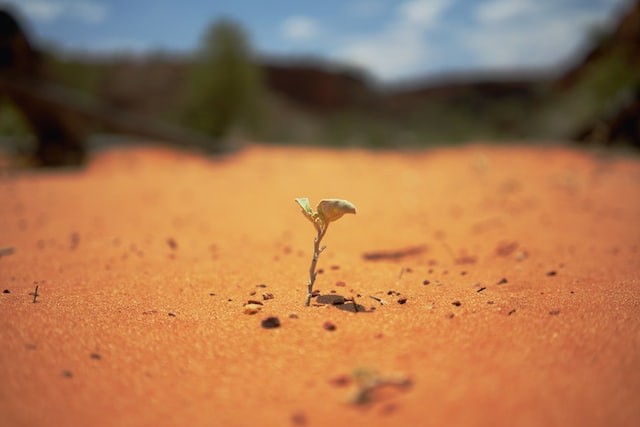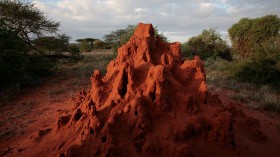Researchers have discovered an unexpected finding after studying plants from all around the United States: the variety of plants that can fix atmospheric nitrogen is greatest in arid areas of the nation.
This result contradicted the widely held belief that nitrogen-fixers should be somewhat more varied in situations with scarce nitrogen in the soil.
Plants use inventive ways to get nitrogen
 (Photo : Lubo Minar/Unsplash)
(Photo : Lubo Minar/Unsplash)

Nitrogen is a component of almost every cellular structure and activity in plants. They couldn't make proteins, enzymes, or even photosynthesize without it, as per ScienceDaily.
Due to its enormous demand, nitrogen is sometimes one of the main constraints on plant growth because there isn't sufficient it to go around.
Plants have continually developed novel strategies to extract as much nitrogen as possible from their surroundings to make up for this deficiency.
Dung mosses only grow on animal excrement, Venus flytraps and sticky sundews have evolved devices to steal nitrogen from insects, and some pitcher plants' adapted leaves give roosting bats a place to live in exchange for the nitrogen-rich excrement they leave behind.
In soils, nitrogen can be scarce, yet there is a seemingly limitless source lurking nearby.
Around 78% of Earth's atmosphere is composed of nitrogen gas, yet unlike someone who is thirsty and adrift at sea, plants are completely unable to absorb it.
On the other hand, bacteria have repeatedly perfected the art of fixing atmospheric nitrogen.
One of the biggest plant radiations on Earth resulted from an accidental association between a bacterium like this and a plant, giving a boost to the bean family, which now includes more than 18,000 species.
Many bean plants make hollow nodules in their roots that encourage bacterial growth.
The plants pump sugar into these antechambers to feed their bacterial companions and draw out the nitrogen that the bacteria release as waste.
For many years, botanists have conjectured environments like savannas and grasslands should contain a greater variety of plants that harbor bacteria that fix nitrogen.
These ecosystems frequently experience wildfires, which turn the nutrient-rich trees and shrubs into smoke and ash which are blown away.
Any nutrients that are still present in the soil after the fire may wash away during heavy rains, preventing germination plants from being able to absorb them.
Also Read: Scientist Reveals a New Way to Measure Plants' Stress
Resolving nitrogen deficiency in plants
Browning of the yellowed leaves is a sign of a nitrogen deficiency.
The leaves usually soften before starting to fold in. The leaves turn crispy if there is a severe nitrogen deficit, as per Trifecta.
By feeding plants a diet high in nitrogen, a deficiency can be cured. Pre-mixed nutrients with nitrogen are available from nearby nurseries and garden supply stores.
Other sources of nitrogen include nitrate-of-soda and organic fertilizer.
Most plant nutrients contain nitrogen. Low pH balance is another frequent problem. The roots cannot take up critical nutrients, including nitrogen, whenever the pH balance is incorrect.
By feeding plants in the spring, nitrogen can be restored in the soil. Liquid plant food is your best bet if the nitrogen shortage in plants already has gotten out of hand.
This is due to the fast-acting nature of this diet. Additionally advised are nitrogen-rich fertilizers. By lowering leaching and preserving moisture levels, mulching the soil can aid with a nitrogen shortage.
When the nutrient is made available, plants that lack nitrogen will take it up right away. The plant's coloring will get better and turn a vibrant green.
Leaves that have been severely harmed won't be able to recuperate. It should take the plants around a week to recover.
Related Article: Bats and Poop-Eating Pitcher Plants: a Perfect Partnership
© 2024 NatureWorldNews.com All rights reserved. Do not reproduce without permission.





